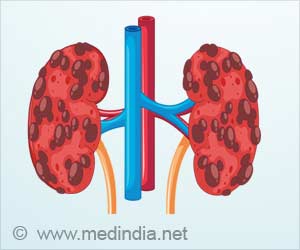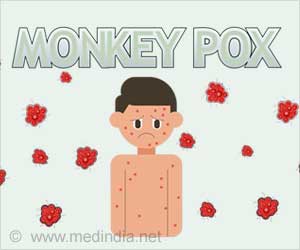Duchenne Muscular Dystrophy protein interactions revealed, paving way for targeted therapies.

Study has unveiled the intricate relationship between dystrophin, a protein essential for muscle stability, and its partner protein, dystrobrevin, paving the way for deeper insights and innovative treatments for Duchenne Muscular Dystrophy (DMD). ()
Published in the December issue of the Journal of Biological Chemistry, researchers characterize the mysterious C-terminal (CT) domain of dystrophin and its role in stabilizing cellular membranes across various tissues.
What is Duchenne Muscular Dystrophy
DMD, a severe genetic disorder that causes muscle weakness and shortens lifespans, arises from mutations in the gene encoding dystrophin. While current treatments can extend patients’ lifespans, their high cost and limited efficacy underscore the urgent need for broader therapeutic approaches.
“This research highlights the intricate dynamics of dystrophin and dystrobrevin interactions, providing critical insights that could inform future treatment development,” said Krishna Mallela, professor of pharmaceutical sciences at the University of Colorado Skaggs School of Pharmacy and Pharmaceutical Sciences and study lead author. “By understanding how these proteins function differently in various tissues, we’re one step closer to designing treatments that target the root causes of DMD.”
The study reveals that dystrophin’s CT domain interacts differently with the two major dystrobrevin isoforms, which bind to dystrophin. Variations in the amino acid composition of dystrobrevin proteins drive differences in binding affinity and interaction modes, influencing the stability of the dystrophin-associated protein complex across tissues, a key indication of DMD.
“This discovery is exceptional in advancing DMD care because, while there have been advancements in therapies, they have been approved in desperation. We need to get to the root of things to really hone in on effective treatments,” says Mallela. “Much like a car engine, how can you fix a car without understanding how the car engine functions?”
Reference:
- Biophysical characterization of the dystrophin C-terminal domain: Dystrophin interacts differentially with dystrobrevin isoforms – (https://www.jbc.org/article/S0021-9258(24)02504-3/fulltext)
Source-Eurekalert



